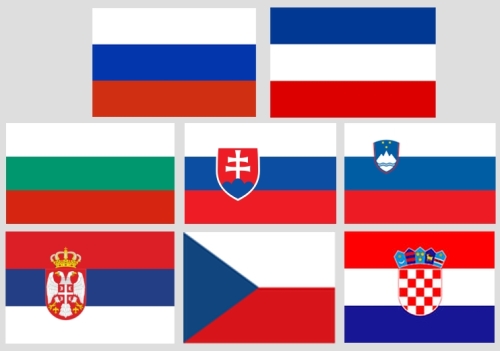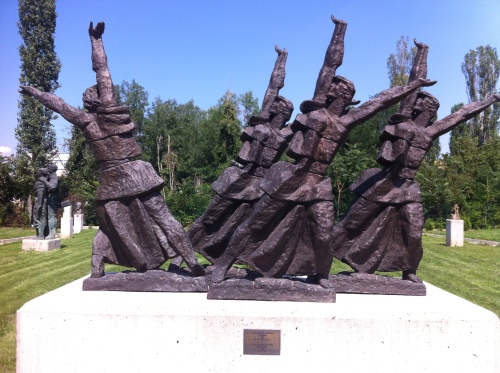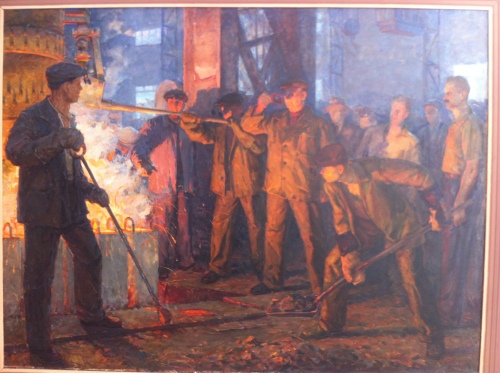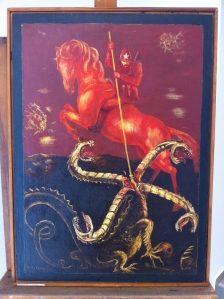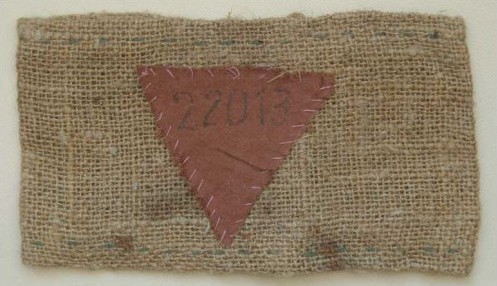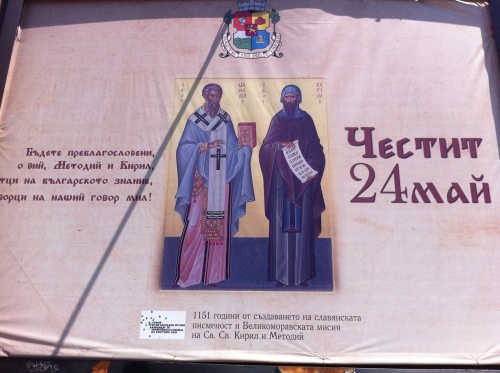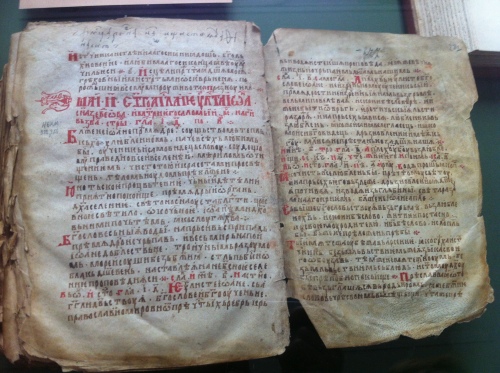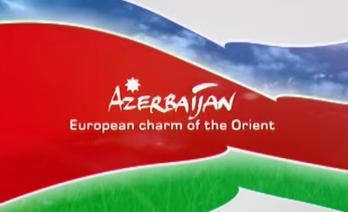 What do you get the leader that has everything? Ilham Aliyev, the President-for-life of Azerbaijan, was lucky enough to inherit his post from his father, Heydar Aliyev, in 2003. The country sits on enormous Caspian Sea oil and natural gas reserves, and in an ostentatious display of autocratic petrostate pride, the world’s tallest flagpole was built in the capital, Baku, in 2010 (It was subsequently edged out by a 10’-taller pole in Dushanbe, Turkmenistan).
What do you get the leader that has everything? Ilham Aliyev, the President-for-life of Azerbaijan, was lucky enough to inherit his post from his father, Heydar Aliyev, in 2003. The country sits on enormous Caspian Sea oil and natural gas reserves, and in an ostentatious display of autocratic petrostate pride, the world’s tallest flagpole was built in the capital, Baku, in 2010 (It was subsequently edged out by a 10’-taller pole in Dushanbe, Turkmenistan).
However, there’s one thing that could confer legitimacy and a certain je ne sais quoi that Azerbaijan doesn’t yet have—European respectability.
“East is East and West is West and never the twain shall meet.” –Rudyard Kipling
In 2011, Azerbaijan unveiled its new slogan: “European Charm of the Orient.” Replacing the less inviting motto “Land of Flames,” the slogan is part of a PR campaign to project a certain image. One typical tourism video opens with attractive people sitting poolside. A laughing couple races along a coastal highway in their Porsche, on their way to sheep-covered hills which give way to endless forests. The parts with the smiling, telegenic people bring to mind the French Riviera, and the verdant landscape looks like Ireland or Burgundy. The country is emphasizing its European charm, rather than situating itself in that space called the Orient. Besides a brief shot of a Mosque in a panoramic long shot of Baku (and an Azerbaijani rug on TV in a blonde woman’s hotel room), markers of Azerbaijan as “non-European” are conspicuously absent. The video signals to prospective visitors that Azerbaijan is European, like Amalfi or Barcelona; not “Oriental,” like Istanbul or Dubai.
Dividing Europe and Asia are the Caucasus mountains: home to Armenia, Azerbaijan, and Georgia. All three had been part of the Soviet Union, gaining their independence in the 1990s. Azerbaijan is a republic of 9.5 million people that borders Turkey, Russia, and Iran in addition to its Caucasian neighbors. Azerbaijan is physically located in a boundary space, and it’s trying to decisively mark itself as a member of Europe. The country has been “culturally” non-European; for centuries it’s been represented and described it as an Other.
What it has going for it, in addition to the European charm from the ads, is oil and gas. On Azerbaijan’s official tourism webpage, one of the tabs highlighted by the republic’s Ministry of Culture and Tourism is a page for the Naftalan medical resort. Alongside “national cuisine” and “top 10 reasons to visit Azerbaijan,” the Ministry sells the spa as one of the most compelling reasons to visit the country. The page exhorts you to book a trip to the spa for Naftalan oil treatments, and boasts of the countless health benefits from taking dip in the unique hydrocarbon. The Caspian is estimated to hold as much as $5 trillion of oil reserves: Azerbaijan has so much oil that one of their main attractions is bathing tourists in it.
In 1998, Dick Cheney, then-CEO of Halliburton, said “I cannot think of a time when we have had a region emerge as suddenly to become as strategically significant as the Caspian.” Three years later, Azerbaijan had joined the Council of Europe. Their resources can pay the price of admission, but Azerbaijan is cementing its European aspirations with a grand, multi-billion dollar public relations project. The case of Azerbaijan says a lot about cultural borders, nationhood, and how far money can really take you.
“Europe is a cultural continent, not a geographical one. It is its culture that gives it a common identity. The roots that have formed it…are those of Christianity.” –Cardinal Joseph Ratzinger
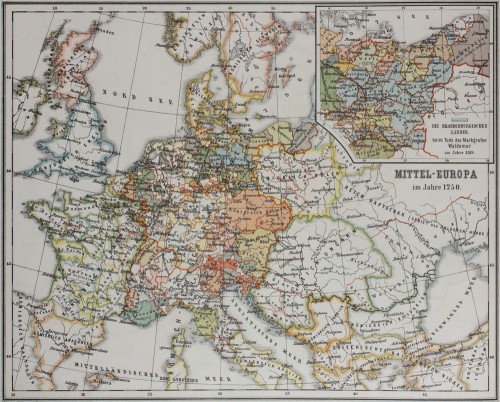
19th century German map of Europe in 1250 CE
Most Americans associate European culture with white people who enjoy day-drinking, fütbol, and techno music. However, for most of its history and today, “Europe” has been used synonymously with “Christendom.” As with all identity, what Europe isn’t is as important as what it is. “Europe and Islam have been considered to be two terms with contrasting historical connotation,” says Dr. Ioannis Grigoriadis, “European and Islamic cultures were juxtaposed, with the borders of Europe contiguous with those of Christianity.” Europe hasn’t just staked its identity on Christianity. Equally important is that it be considered an entity contradistinct from the Muslim world. Continue reading →


